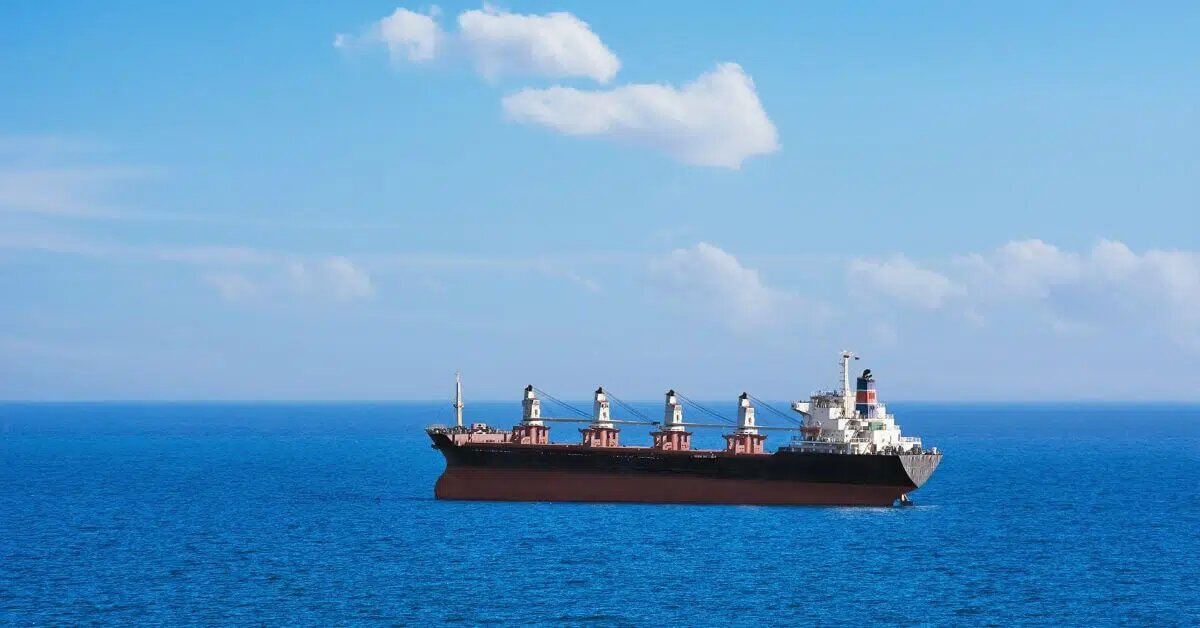The tender to electrify the docks of the port of Pozzallo is underway
In European ports, installation is proceeding slowly on the quays of cold ironing plants (onshore power supply – OPS) to allow ships at berth to turn off their engines and to connect to the shore electricity network with the aim of reducing their polluting emissions. This is highlighted by a study created by the Norwegian consulting company, DNV certification and classification on behalf of the association environmentalist Transport & Environment (T&E), which notes that in European ports, only a fifth of the cold ironing systems necessary—as established by the European Union with the AFIR and FuelEU regulations—are in place. Maritime ports must supply electricity from the shore to at least 90% of ship calls in ports by 2030. In particular, of the 31 ports examined by the study, only more than half have installed or ordered four of the cold ironing systems that these ports will need to equip themselves with by 2030.
The document recalls that maritime transport activity, as well as its emissions, is concentrated in ports, where more than 6% of greenhouse gas emissions from shipping in Europe occur. In addition, the study notes that while the container ship segment requires the largest share of new OPS installations, efforts should particularly accelerate the installation of systems for the electrification of quays where cruise ships dock, as this offers the maximum potential for reducing emissions and pollution, since cruise ships spend much more time berthed than other vessels, producing over six times more emissions in ports than container ships. Therefore, the installation of OPS systems for cruise ships would nearly eliminate these emissions, reducing total annual emissions from ships in ports by a fifth.
It also emphasizes that the main source of pollution comes from smaller ships not regulated by European standards on ship emissions, with current EU regulations failing to account for more than half of emissions from ships at berth in ports. Transport & Environment has made several recommendations, starting with urging the advancement of requirements to 2028 for the supply of shore-side electricity to ships, particularly cruise ships, due to their high proportion of emissions. T&E also calls for cold ironing systems to be included in the credit mechanism under Directive 2413 of the 2023 Decree on the promotion of energy from renewable sources, to increase the feasibility of investments and accelerate the decarbonization of ports. It further urges Member States to introduce complementary incentives, such as tax exemptions on shore-side electricity supplied to ships or simplified authorization procedures for OPS installation and grid upgrades. Additionally, the association hopes the EU will allocate funding for OPS installations under the next multiannual financial framework for 2028–2034, including continuous support through the Alternative Fuels Infrastructure Facility (AFIF), and that priority is given to accessing finance for nations committed to implementing cold ironing systems before 2030.
Finally, T&E urges, in the context of future reviews of the AFIR and FuelEU Maritime regulations, to extend the requirements related to shore power supply to ships to a range of naval units moored in ports, including smaller boats. One of the European ports that is gearing up to comply with EU regulations is the Sicilian port of Pozzallo where, thanks to a call for tenders from the Ministry of Infrastructure and Transport won in September last year by the Maritime Authority, Port System of the Eastern Sicilian Sea related to the project “cold ironing” and the funds made available by the PNRR for a total amount of about 15 million euros, work will begin on the installation of the system that will allow ships to turn off the auxiliary engines and connect to the power supply to obtain the necessary energy, guaranteeing the objective of zero emissions. Following the drafting of the Project of Technical-Economic Feasibility and Executive Feasibility, prepared by the Port Authority with the help of external professionals, the tender has now been published and by next September 1, the contract will be awarded. The intervention in Pozzallo includes both strengthening and standardization of the current structure of the medium and low voltage of the entire port, not only for the cold ironing system, but also to equip the port with electrical infrastructure adequate to the growing needs of development, as well as the construction of two sockets of 6.5 MW each, installed one at the shore quay and one at the commercial quay. The sockets will guarantee the connection to the cold ironing system for ro-ro and ro-pax as well as container ships.





